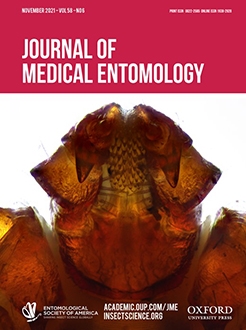Successful monitoring of physiological resistance of malaria vectors requires about 150 female mosquitoes for a single set of tests. In some situations, the sampling effort is insufficient due to the low number of field-caught mosquitoes. To address this challenge, we demonstrate the feasibility of using the forced oviposition method for producing F1 from field-caught Anopheles mosquitoes. A total of 430 and 598 gravid Anopheles females from four laboratory strains and five field populations, respectively, were tested. After blood feeding, gravid mosquitoes were individually introduced into transparent plastic vials, containing moistened cotton balls topped with a 4 cm2 piece of filter paper. The number of eggs, hatching larvae, pupation, and adult emergence were recorded daily. The mean number of eggs per female mosquito ranged from 39.3 for Anopheles cracens to 93.6 for Anopheles dirus in the laboratory strains, and from 36.3 for Anopheles harrisoni to 147.6 for Anopheles barbirostris s.l. in the field populations. A relatively high egg hatching rate was found in An. dirus (95.85%), Anopheles minimus (78.22%), and An. cracens (75.59%). Similarly, a relatively high pupation rate was found for almost all test species ranging from 66% for An. minimus to 98.7% for Anopheles maculatus, and lowest for An. harrisoni (43.9%). Highly successful adult emergence rate was observed among 85–100% of pupae that emerged in all tested mosquito populations. The in-tube forced oviposition method is a promising method for the production of sufficient F1 progeny for molecular identification, vector competence, insecticide resistance, and bioassay studies.
How to translate text using browser tools
9 June 2021
Forced Egg Laying Method to Establish F1 Progeny from Field Populations and Laboratory Strains of Anopheles Mosquitoes (Diptera: Culicidae) in Thailand
Amonrat Panthawong,
Chutipong Sukkanon,
Ratchadawan Ngoen-Klan,
Jeffrey Hii,
Theeraphap Chareonviriyaphap
ACCESS THE FULL ARTICLE
It is not available for individual sale.
This article is only available to subscribers.
It is not available for individual sale.
It is not available for individual sale.

Journal of Medical Entomology
Vol. 58 • No. 6
November 2021
Vol. 58 • No. 6
November 2021
Anopheles mosquito
egg laying
F1 progeny
force
oviposition





